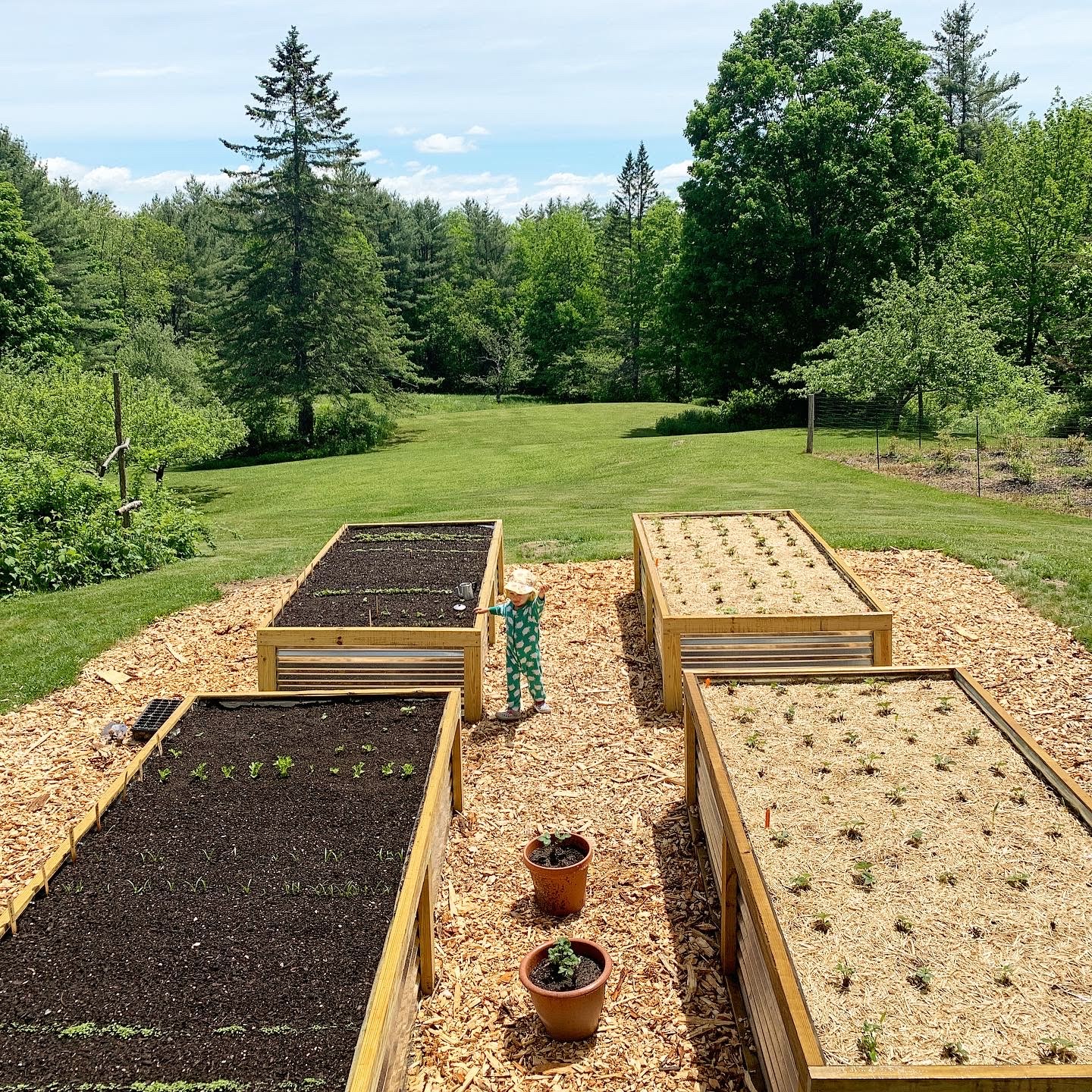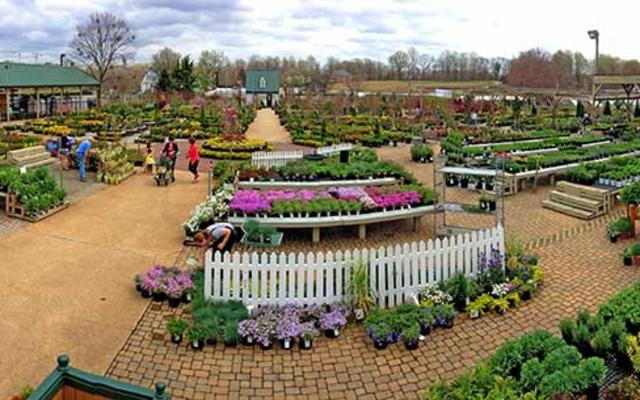Learn Just How to Cultivate a Flourishing Gardening Environment for All Ability Degrees
Developing a flourishing garden is a multifaceted endeavor that can be accepted by people at any ability degree. By analyzing essential elements such as dirt health and wellness, ideal plant selection, and seasonal treatment regimens, one can develop a lasting horticulture practice that produces enjoyable results.
Comprehending Your Yard Space
In the realm of horticulture, recognizing your garden space is vital to growing a flourishing landscape (Homestead Gardening). The primary step in this endeavor involves evaluating the certain attributes of your plot. Variables such as soil composition, sunshine exposure, and water drainage play vital functions in identifying the viability of your yard for numerous kinds of plants
Begin by conducting a soil test to evaluate pH degrees and nutrient material, which will notify any type of necessary amendments. Furthermore, observe just how much sunshine your room obtains throughout the day. Various plants have differing light needs; some grow in full sunlight, while others like full or partial shade.

Lastly, review the readily available area and plan appropriately. This includes thinking about plant heights and infected guarantee ample room for development without congestion. By obtaining a comprehensive understanding of your yard area, you set the foundation for an effective gardening experience.
Selecting the Right Plant Kingdoms
Selecting the right plants for your garden calls for cautious consideration of numerous variables, including climate, dirt conditions, and personal choices. Begin by evaluating your regional climate, as particular plants grow specifically temperature level arrays and weather patterns. Exotic plants might not survive in colder areas, while sturdy perennials can endure extreme winters.

Consider your personal choices, including aesthetic appeal and maintenance levels. Decide whether you choose vibrant flowers, lush vegetation, or edible plants. In addition, variable in the moment and initiative you agree to purchase plant care, as some ranges require even more attention than others.
Last but not least, consider the garden's layout and light exposure. Sunshine patterns throughout the day will certainly influence your choices-- some plants need complete sunlight, while others grow in shade. By thoughtfully evaluating these components, you can produce a harmonious and productive garden tailored to your environment and tastes.
Essential Gardening Devices
A well-equipped garden enthusiast can dramatically boost their horticulture experience and end results. Necessary horticulture devices are basic to cultivating a successful garden, regardless of skill level. First, a strong spade is important for digging and turning dirt, while a trowel allows for specific planting and hair transplanting of smaller plants.
Pruning shears are important for preserving plant wellness by getting rid of thick or dead branches, promoting much better air flow and development. In addition, a hand rake go to this site is beneficial for wikipedia reference removing debris and freshening the dirt, guaranteeing optimal problems for plant origins.
Gardening handwear covers protect hands from sores, chemicals, and thorns, making them a crucial device. A watering can or hose pipe with an adjustable nozzle makes sure that plants get sufficient dampness without overwatering.
Last but not least, think about investing in a strong wheelbarrow for carrying dirt, plants, and devices around the garden successfully. By setting up a quality toolkit that includes these necessary items, gardeners can take on different tasks with confidence and simplicity, leading the way for a growing horticulture environment. Bear in mind, the right tools not only enhance effectiveness yet likewise boost the total satisfaction of the gardening procedure.
Dirt Preparation and Upkeep
Quality soil is the structure of a successful garden, making proper prep work and upkeep vital for healthy plant growth. The primary step in dirt prep work includes testing its pH and nutrient levels. This can be attained via dirt screening packages available at horticulture centers or via expert services. Based upon the test results, changes can be made to optimize dirt conditions for certain plant demands.
Incorporating natural matter, such as compost or well-rotted manure, is necessary for boosting dirt framework and fertility. This not just boosts nutrition accessibility however additionally advertises helpful microbial task. Additionally, proper drainage is important; heavy clay soils may call for the enhancement of sand or perlite to improve aeration.
Routine upkeep of dirt wellness consists of mulching, which preserves moisture and reduces weeds. Turning crops each year aids stop nutrient exhaustion and decreases pest and condition threats. It is likewise essential to stay clear of over-tilling, which can interfere with soil structure and injury valuable microorganisms.
Eventually, a consistent dedication to soil prep work and maintenance will certainly bring about a growing garden, making certain that plants receive the crucial nutrients they require for robust development and performance.
Seasonal Care and Management

In spring, concentrate on planting new seeds and seed startings, while likewise conducting soil examinations to change nutrient shortages. Frequently look for conditions and insects, as these can multiply with the warming weather. Summertime needs regular watering and mulching to keep moisture, in addition to pruning for much better air flow.
As fall methods, it's time to prepare the yard for inactivity. This includes collecting crops, cleansing up debris, and applying a layer of compost to shield plant roots from frost. Think about growing cover plants to enrich the soil during the winter season.
Lastly, wintertime treatment is essential. Check structures like greenhouses for damage and make sure correct insulation for sensitive plants. Frequently keep an eye on for parasites that may seek sanctuary inside. By adapting your gardening practices to the seasonal cycles, you can promote a growing atmosphere that sustains plant wellness year-round.
Conclusion
Finally, cultivating a successful garden calls for a comprehensive understanding of important principles such as dirt structure, sunlight exposure, and suitable plant go selection. Implementing effective dirt prep work and upkeep techniques, together with utilizing the right tools, cultivates an optimum expanding atmosphere. Routine seasonal treatment and monitoring methods even more enhance plant health and performance. By sticking to these foundational guidelines, people whatsoever skill levels can accomplish a growing garden that adds to both visual enjoyment and ecological sustainability.
Selecting the right plants for your garden calls for careful factor to consider of different variables, consisting of climate, soil problems, and individual preferences. Conduct a dirt test to establish pH levels and vitamins and mineral material, which will certainly direct you in selecting plants that will grow in your garden.Finally, consider spending in a sturdy wheelbarrow for delivering soil, plants, and tools around the yard effectively.Quality dirt is the foundation of an effective yard, making proper prep work and upkeep important for healthy plant development. Homestead Gardening.In conclusion, growing an effective garden needs a thorough understanding of important concepts such as dirt structure, sunshine exposure, and ideal plant selection